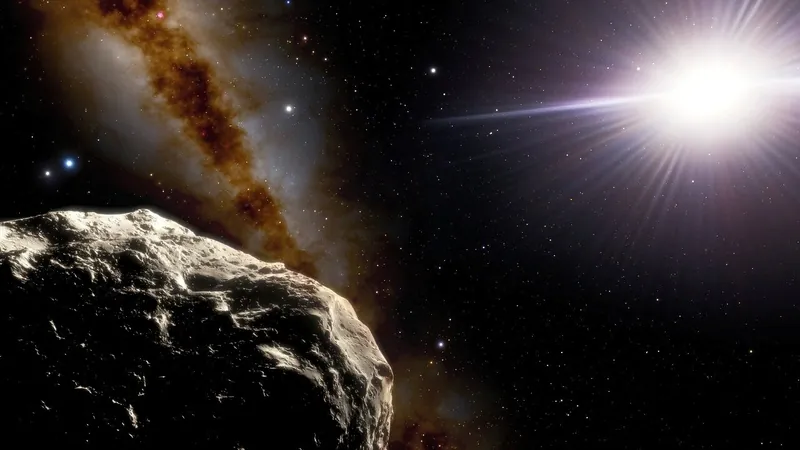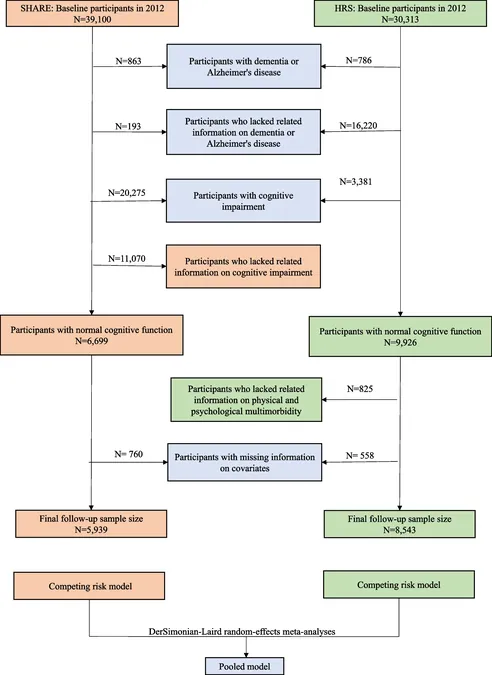
Could Nuclear Weapons Be Our Best Bet Against Killer Asteroids? Groundbreaking Research Provides Hope!
2024-09-26
In a world where planetary defenses are ever more critical, a groundbreaking lab experiment suggests that nuking a huge asteroid might actually save Earth from a catastrophic fate. The most significant real-life test to date occurred in 2022, when NASA's DART spacecraft, roughly the size of a refrigerator, crashed into a 160-meter-wide asteroid. This daring mission successfully altered the asteroid's trajectory and brought us one step closer to safeguarding our planet.
However, when it comes to larger asteroids—like the infamous Chicxulub, which measured about 10 kilometers wide and famously wiped out the dinosaurs 66 million years ago—just ramming a spacecraft into them may not cut it. That catastrophic impact plunged the Earth into darkness and triggered global tsunamis, leading to the extinction of roughly 75% of all species. Clearly, we cannot let history repeat itself.
So, what are scientists doing to tackle the potential threats from giant asteroids? One leading theory is to use nuclear explosions, a concept popularized by the cult classic film "Armageddon." While Bruce Willis and his crew saved Earth from an asteroid the size of Texas in the movie, real-life scientists are examining the feasibility of this approach with smaller scale experiments first.
Recently published in the journal Nature Physics, a breakthrough study led by a team from the US demonstrated the potential of a nuclear approach on a micro-scale. They created a mock asteroid measuring just 12 millimeters and employed what has been dubbed the world's largest X-ray machine at Sandia National Laboratories in Albuquerque, New Mexico. Powered by an astounding 80 trillion watts of electricity, the machine generated X-rays that mimicked the energy released by a nuclear explosion.
Incredibly, the X-rays vaporized the surface of the mock asteroid, propelling it at speeds of up to 250 kilometers per hour—equivalent to a high-speed train—effectively turning it into a rocket engine. Lead author Nathan Moore confirmed that this was the first time predictions regarding the X-ray effects on asteroids had been validated, offering a confident leap toward in-depth future research.
Scaling their findings, the scientists estimated that X-rays generated from a one-megaton nuclear weapon could deflect an asteroid up to four kilometers wide if ample warning time is available. This means even the colossal Chicxulub-sized asteroids could be diverted, provided we detect them in time.
Interestingly, the largest asteroids tend to be the easiest to spot, raising hopes that this nuclear deflection method could be more viable than previously thought. However, a real-life test using an actual nuclear device poses serious challenges—it is dangerous, exorbitantly costly, and banned under international treaties.
Moreover, the nature of asteroids is astoundingly varied. Some, like Dimorphos, the target of the DART mission, are loosely held-together piles of rubble. Learning more about the composition of such bodies is crucial, and the European Space Agency's Hera mission, set to launch next month, aims to delve into the characteristics of these space rocks.
Mary Burkey, a prominent staff scientist at Lawrence Livermore National Laboratory, commended the lab's findings, saying that they enhance the credibility of ongoing simulations using nuclear devices for asteroid deflection. "This research demonstrates a promising defensive measure for planet Earth," she stated, emphasizing that sufficient lead time would be essential for potential missions to successfully redirect an asteroid's path away from our planet.
As humanity stands on the precipice of astronomical hazards, will we prioritize research and preparation to safeguard our future? One thing is clear: the fight against devastating asteroids is not just a theme for Hollywood blockbusters; it’s becoming a pressing reality that demands our attention and ingenuity!




 Brasil (PT)
Brasil (PT)
 Canada (EN)
Canada (EN)
 Chile (ES)
Chile (ES)
 España (ES)
España (ES)
 France (FR)
France (FR)
 Hong Kong (EN)
Hong Kong (EN)
 Italia (IT)
Italia (IT)
 日本 (JA)
日本 (JA)
 Magyarország (HU)
Magyarország (HU)
 Norge (NO)
Norge (NO)
 Polska (PL)
Polska (PL)
 Schweiz (DE)
Schweiz (DE)
 Singapore (EN)
Singapore (EN)
 Sverige (SV)
Sverige (SV)
 Suomi (FI)
Suomi (FI)
 Türkiye (TR)
Türkiye (TR)